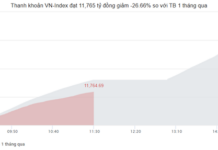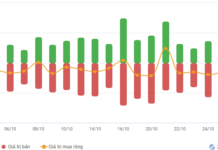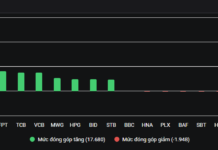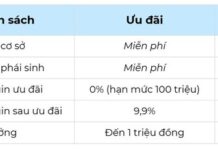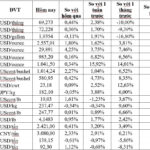
Illustration photo
According to Oilprice, trade sources revealed that Saudi Arabia plans to boost its crude oil supply to China in October, following price cuts by the world’s leading oil producer for crude sold in Asia.
Specifically, the Kingdom is expected to ship a total of 46 million barrels of crude oil to China next month, up from an estimated 43 million barrels that Saudi delivered to the world’s top crude importer in September. China’s largest state-owned refineries, Sinopec, and PetroChina have requested additional supplies from Saudi for October. China is also currently the largest buyer of Russian oil.
The Kingdom reduced its official selling price (OSP) for Asia in the coming month amid declining refining margins in China and the wider Asian region, as well as lower Dubai crude prices.
The price of Saudi’s flagship Arab Light grade for export to Asia in October was cut by $0.70/barrel compared to September. This prompted higher demand from China’s largest refineries. The country is trending towards importing larger volumes at lower prices.
In August, China imported the highest monthly volume of crude oil in a year, coinciding with declining international oil prices. China’s tendency to stockpile goods at lower prices could explain why most of its imports have higher volumes despite the country’s economic growth falling short of expectations.
Saudi is the leader of OPEC and OPEC+, and the second-largest oil producer in the world for 2023. The oil-rich Kingdom’s crude oil production averaged around 10.2 million barrels per day in the first half of last year.
However, since July 2023, Saudi has implemented a voluntary production cut of an additional 1 million barrels per day, bringing its average output down to 9 million barrels per day in the last six months of 2023.
The supply cut aims to balance global fuel supplies as output surges from non-OPEC+ producers, notably the US, Brazil, Canada, Guyana, and Norway.
The International Energy Agency (IEA) recently lowered its forecast for oil demand growth in 2024 by over 7% to 900,000 barrels per day due to weak demand in China and sluggish growth in other regions.
The US, the world’s top oil consumer, is also exhibiting signs of weak demand. According to data from the EIA, the country’s oil inventories rose in the previous week as crude imports increased, exports fell, and fuel demand weakened.
In last week’s trading session, Brent oil prices closed near a three-year low after OPEC+ lowered its annual demand growth forecast for the second consecutive time.
According to Oilprice
“Chinese Car Conundrum: Unraveling the Trust Issues”
The Chinese electric vehicle manufacturers are presented with a landscape of both opportunity and challenge as they venture into the international arena.

